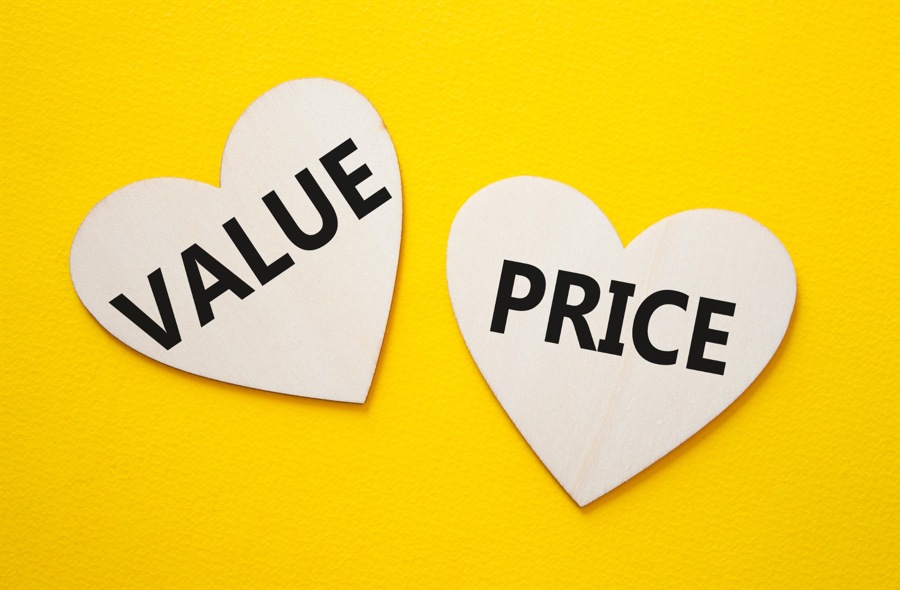💰 The Difference Between Price and Value When Investing
Why a stock being “cheap” doesn’t always mean it’s a good deal.
"Price is what you pay. Value is what you get."

🤔 Price Is Just the Starting Point
When you open a stock app, you see a number — $39.50, $112.00, $264.75.
But what does that actually mean?
That number is the market price — what people are currently willing to pay. It’s not the same as what the business is worth.
Prices move based on emotion, momentum, headlines, and supply/demand. Value is slower-moving. It’s built on:
Revenue and profit trends
Competitive advantages
Management decisions
Market share and durability
📚 Analogy: The price tag on a used car tells you what it costs — not whether it’s a reliable vehicle.
🧠 What Creates Real Value
Here’s what makes a company valuable over time:
Profits that grow year over year
Strong balance sheet and low debt
Customer loyalty or recurring revenue
Unique product or defensible advantage (moat)
Smart leadership and capital allocation
Companies with these traits might trade at a higher price — but they’re often worth it.
🛠️ Simple Ways to Estimate Value
You don’t need to be a Wall Street analyst to assess value. Start with these tools:
| Metric | What It Tells You |
|---|---|
| P/E Ratio | How expensive the stock is relative to its earnings |
| Free Cash Flow | How much real money the business is generating |
| Debt-to-Equity | How financially stable the company is |
| Price-to-Sales | Useful for newer companies with lower profits |
| Return on Equity (ROE) | How efficiently the company generates returns |
🧠 Tip: Compare these metrics to competitors in the same industry. Context matters.
⚠️ Price Traps to Watch Out For
❌ Low-priced stocks with no earnings — cheap for a reason
❌ Falling stocks with unclear recovery plans — avoid catching a falling knife
❌ High P/E stocks with hype but no profit — don’t pay a premium for a story that hasn’t delivered
📉 Example: A stock dropping from $100 to $50 may look like a bargain. But if its business is collapsing, $50 could still be overpriced.
🧭 How to Think Like a Value Investor
Ask: What am I getting for this price?
Focus on the business, not the chart
Look for disconnects between market mood and business reality
Be willing to buy when others are fearful — if the value is there
📚 Analogy: Think like a shopper during a clearance sale — you're not looking for just anything that’s cheap. You're looking for quality at a discount.
💬 Quote to Remember
"In the short run, the market is a voting machine. In the long run, it is a weighing machine." — Benjamin Graham
👉 Read Next:
➡️ How to Spot a Company Worth Owning for 10+ Years ➡️ How to Know If You're Ready to Pick Stocks ➡️ Building Your First Stock Valuation Checklist (Coming soon)
📢 Brand Transition Note: Later this year (2025), ForexLive.com is becoming investingLive.com — and we’re here to help you see beyond price, understand business value, and build lasting investing confidence. Stay tuned.



